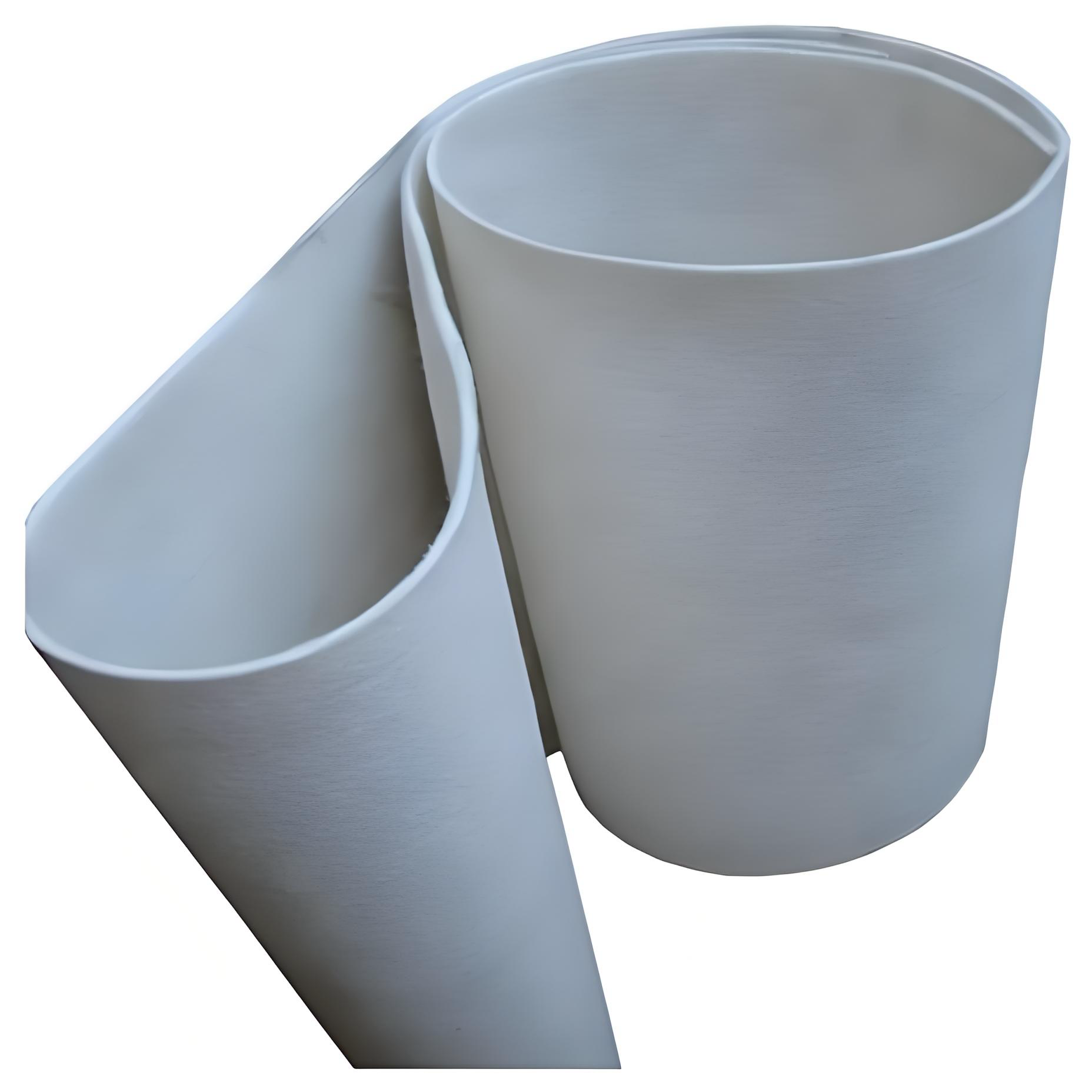Paper machine felts are critical components in the papermaking process, directly influencing paper quality, production efficiency, and operational costs. Based on various criteria—such as their position on the paper machine, weaving method, base fabric structure, applicable paper grade, and specific function—paper machine felts can be categorized into multiple types, each with unique properties and purposes.
1. Classification by Position on the Paper Machine
This is the most fundamental classification, primarily based on the felt’s location within the papermaking process:
- Wet Felt: Mainly used in the press section, it directly contacts the newly formed wet paper web. Its core role is to squeeze water out of the web through pressure and initially smooth the paper surface.
- Top Felt: Positioned above the wet felt, with some areas contacting the dryer cylinders. In addition to assisting in dewatering, it guides the paper web, flattens it, and accelerates drying.
- Dryer Felt: Mainly wrapped around dryer cylinders, it irons and dries the paper after pressing, serving as a key component in the drying process.
2. Classification by Weaving Method
The weaving method determines the felt’s basic structure and performance characteristics:
- Woven Felt: Produced from blended yarns of wool and nylon staple fibers, followed by traditional processes such as weaving, fulling, napping, drying, and setting. It features stable structure and long service life.
- Needle-Punched Felt: A nonwoven fabric made by carding fibers into a web, overlapping multiple layers, and then using barbed steel needles to pierce the fiber web into an endless base fabric, entangling the fibers. Needle-punched felts offer excellent air permeability and elasticity, making them widely used in modern paper machines.
3. Classification by Base Fabric Structure
The base fabric supports the felt’s main structure, and its design directly impacts the felt’s stability and durability:
- Single-layer Base Fabric Felt: Relatively simple in structure and cost-effective, suitable for applications with low paper quality requirements.
- Double-layer Base Fabric Felt: Composed of two upper and lower base fabric layers, it boasts higher strength and dimensional stability, enabling it to withstand greater pressure and tension.
- Laminated Base Fabric Felt: Subdivided into structures like 1+1, 1+2, 2+1, and 1+1+1 based on the number and type of laminated base fabrics. This type combines the advantages of different layers to meet the complex and high-performance demands of advanced papermaking processes.
4. Classification by Applicable Paper Grade
Different paper types impose distinct requirements on felt performance:
- Packaging Paper Felt: Used for producing packaging materials such as corrugated paper and containerboard. It requires high wear resistance and load-bearing capacity.
- Cultural Paper Felt: Suitable for newsprint, writing paper, and printing paper, which demand high surface smoothness and uniformity. Thus, the felt must have excellent surface properties and dewatering efficiency.
- Specialty Paper Felt: Designed for the unique production processes of specialty papers (e.g., filter paper, insulating paper, decorative paper). It often requires specialized properties like high-temperature resistance, corrosion resistance, or specific air permeability.
- Tissue Paper Felt: Used for toilet paper, napkins, etc. It must be soft to ensure the paper’s bulkiness and absorbency.
5. Classification by Specific Function
In specific sections of the paper machine, felts are further subdivided by their roles:
- Press Section Felts: Examples include “first press top felt,” “first press bottom felt,” and “vacuum press felt,” corresponding to different press rolls and process positions in the press section.
- Forming Section Felts: Such as “forming felt” and “transfer felt,” primarily responsible for supporting and conveying the paper web.
- Prepress Felts: Examples include “prepress top felt” and “vacuum prepress top felt,” used for preliminary dewatering and shaping of the paper web before it enters the main press.
In summary, paper machine felts come in diverse types, each designed for specific purposes and applications. Understanding these classifications helps papermakers select the optimal felt based on production needs, thereby enhancing efficiency and paper quality.
Post time: Nov-03-2025



